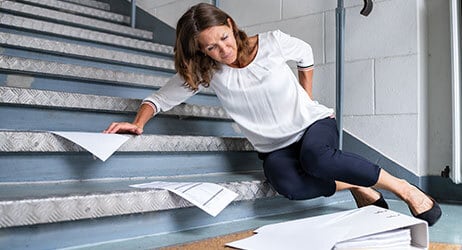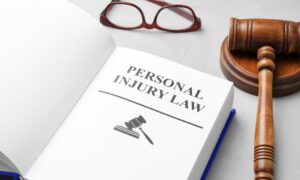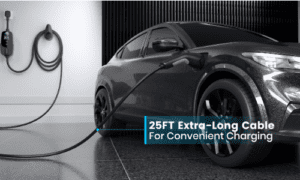Many people assume that slip and fall accidents are rare occurrences, but in fact they are much more common than one would expect.
One time, you are strolling down a normal pavement or browsing through the grocery store, and the next thing you know, you are on the ground with a sore pride or a more severe injury.
These incidents can bring about a hurricane of doctor bills, lost earnings, and a whole lot of worry.
However, what if you are choosing to seek damages for your injuries, and now the issue of liability is an issue? Introduce comparative negligence as the next approach to fault.
What is Comparative Fault?
Comparative fault, also referred to as comparative negligence, is a legal approach that is used to ascertain the measure of blame of the parties involved in an accident.
In a slip and fall case, this means trying to determine the level of fault that the injured person had in causing the accident in comparison to the amount of fault that the property owner had in causing it.
The knowledge of comparative fault is important because it determines the actual amount of compensation one can be entitled to.
The rationale behind it is to ensure that if one has contributed to their own injuries, then the amount of compensation they are awarded should be reduced.
For instance, if a plaintiff was 30% negligent and the property owner 70% negligent, then the compensation awarded would be reduced by that 30%. The slip and fall injury cases can be very challenging, and you need to have a strong point to get compensation.
Types of Comparative Fault
There are two main types of comparative fault systems:
1. Pure Comparative Fault:
In this system, the claimant can be compensated for any loss regardless of the degree of responsibility of the claimant.
In any case, even if you are 99% at fault for the accident, you can still get 1% of the damages back.
2. Modified Comparative Fault:
This system establishes a figure for recovery, which is normally 50 percent or 51 percent. If the trier of fact finds that you were at fault more than the threshold, you are entitled to no damages.
For example, if you are 51% at fault, you cannot recover damages in a state that allows only up to 50% fault.
Comparative Fault in Slip and Fall Cases and Their Influencing Factors
Several factors can influence how fault is determined in slip and fall cases:
Condition of the Property:
Was the hazard one that the property owner should have known existed and taken steps to fix? For instance, a spill that has been on the floor for several hours is not the same as a spill in the process of being cleaned up.
Warnings Provided:
Were there any indications or signals that the hazard would be present? In the case of a wet floor sign, for instance, it could perhaps partially blame the slipper.
Actions of the Injured Person:
Did the person look around carefully and try to notice something? Did they have any risky practices that could have led to the fall?
Lighting and Visibility:
Was the area well-lit? This is because; with poor lighting, one is likely to miss the hazard and hence, the property owner’s responsibility is enhanced.
Footwear:
The type of shoes the person was wearing is also considered to be a factor, even if it is not a significant one. For instance, a girl who wears high heels on a slippery floor may become more at fault for the injured person.
The Human Element of Comparative Fault
Comparative fault is a legal notion, but it has interpersonal characteristics as well.
Consider what it is like to trip in front of other people, what it feels like to be scared and in pain when you have an accident, and the dread of accumulating more and more bills.
These emotions make the already challenging task of identifying the party at fault even more complicated.
To many, this means being blamed for their own mishaps, which is like getting a second blow.
All the same, the comparative fault system is intended to foster equity since both parties can contribute to an accident.
Yes, it is not about who is guilty, but it is about identifying ways to achieve fairness for all the parties involved.
Tips for Navigating Comparative Fault in Slip and Fall Cases
If you find yourself in a slip-and-fall situation, here are some tips to help navigate the complexities of comparative fault:
-
Document Everything:
Take photos of the scene, your injuries, and any conditions that contributed to your fall. This evidence can be crucial in proving the property owner’s fault.
-
Seek Medical Attention:
Not only is this important for your health, but medical records can serve as evidence of your injuries.
-
Report the Incident:
Notify the property owner or manager immediately and fill out an accident report if possible.
-
Be Honest:
When discussing the incident with your attorney or in court, be truthful about your actions. Any discrepancies can harm your credibility and case.
-
Consult an Attorney:
Slip and fall cases can be complicated, and an experienced attorney can help you understand your rights and navigate the legal process. That’s why you should always contact Big Tex Injury Lawyers to consult for all types of personal injury cases.































